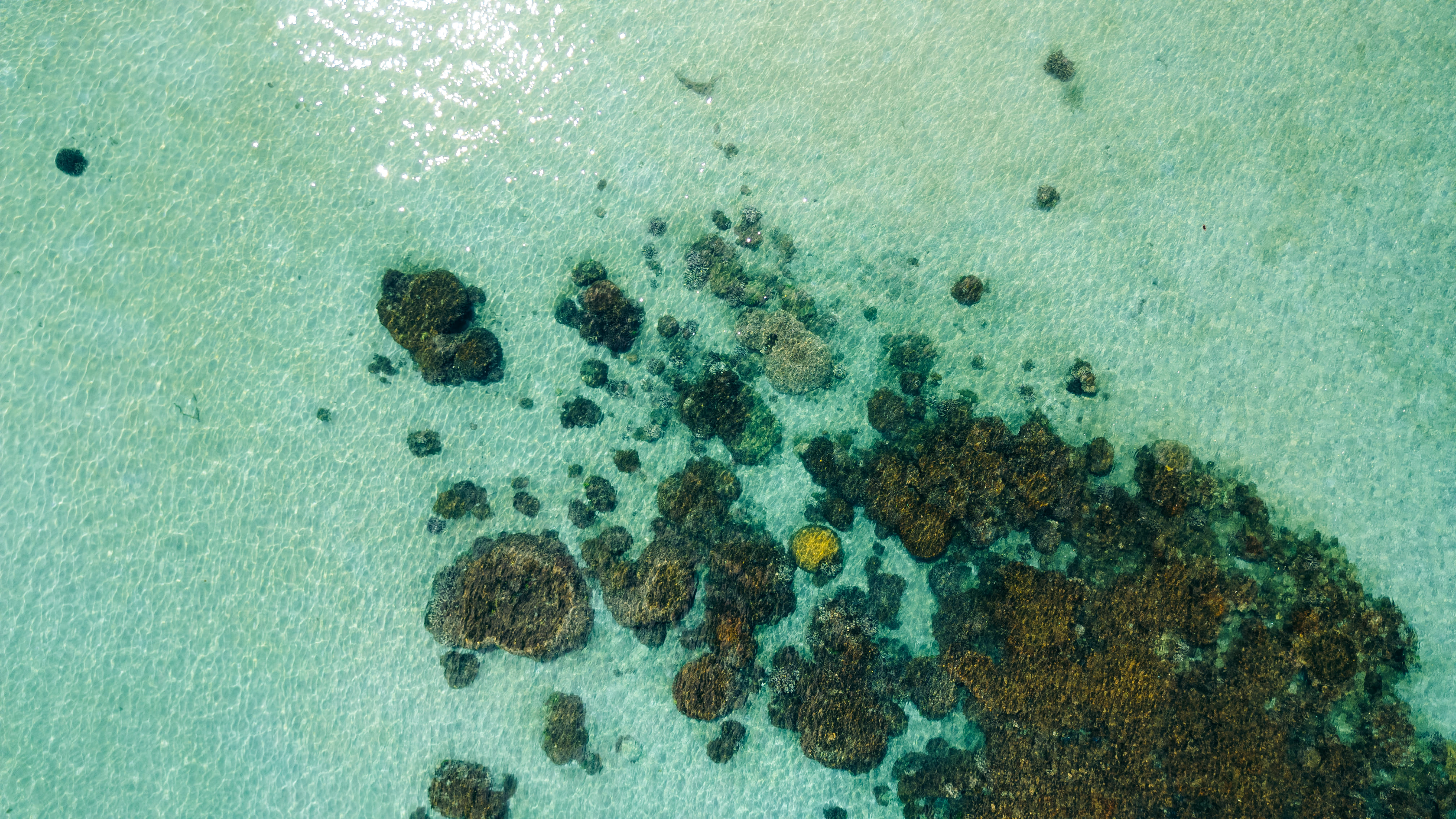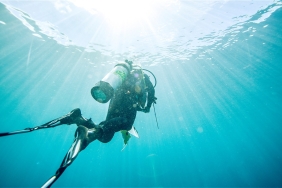WAKATOBI COMMUNITY GROUPS HONE CRITICAL THINKING FOR SUSTAINABLE NATURAL RESOURCE MANAGEMENT
Martina Rahmadani (Responsible Marine Business Officer - WWF-ID SESS Program)
"By being in a group, our voice is better heard by the local government," said Edi consciously, a fisherman assisted by WWF-Indonesia's Southern Eastern Sulawesi Sub-seascape (SESS) program from Mitra Sunu Group, Wakatobi.
He was one of 27 local community delegates in Wakatobi who participated in an organizing training at the Secretariat of the Forkani (Forum Kaledupa Toudani) Local Community Organization, Kaledupa Island, Wakatobi. They came from fishing, aquaculture, and tourism groups. The training, which was held on March 10-14, 2017, was initiated by WWF-Indonesia and the Wakatobi National Park Agency (BTN), in collaboration with Forkani.
It is true that in assisting communities, the process of knowledge transfer and efforts to influence local government policies must be done collectively. However, what kind of group can have the greatest positive impact on the community and its nature? Of course, one that applies environmentally friendly principles and targets sustainable natural resource management.
That's why, in Wakatobi National Park - an area named as a Biosphere Reserve by UNESCO, WWF-Indonesia together with BTN Wakatobi focuses on increasing the capacity of groups to best manage the wealth of natural resources available.
The existence of these fishermen groups assisted by WWF-Indonesia and BTN Wakatobi does provide new hope for sustainable natural resource management in the heart of Southeast Sulawesi tourism.
The organizing training that was held for five days was expected to make the group able to form a solid organization and be able to think critically about the various problems faced, both internal and external. at the Wakatobi Marine and Fisheries Service (DKP) was also involved in activities with fishing, aquaculture and tourism groups that gathered from all corners of the Wakatobi district.
Participants were trained on organizing, starting from the basic theories of organization and tools in organizing. In practicing critical thinking, some of the tools introduced in organizing are stakeholder mapping, village maps, information gathering - which are then outlined in a problem tree.
To conduct the village mapping and problem solving, participants were divided into five groups, and each was assigned to map one hamlet and explore the problems in that hamlet. In droves, participants headed to Waduri Village, a village in Kaledupa.
Tanaluha hamlet in this village became one of the fishermen's practice sites. They sketched the village and interviewed its residents. From this critical exploration, it was discovered that Tanaluha is facing the problem of declining seaweed cultivation in recent years due to the use of natural resources that are not environmentally friendly, such as pushers.
Not only that, participants were invited to be more critical by analyzing the roots and consequences of these problems. With this analysis, they can plan follow-up actions to overcome it.
"Organizing is an art, so ability and creativity are needed in organizing," said Abdi Hayat, one of the presenters at that time.
On the last day of the training, participants actually created a work of art in the form of a song - the content of the song invites to use natural resources wisely. I believe that by thinking critically in the organization, in the future they will continue to produce other works of art, in their respective groups.





